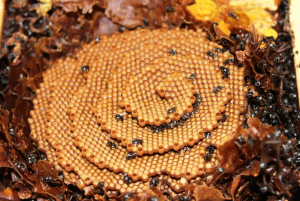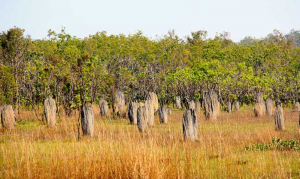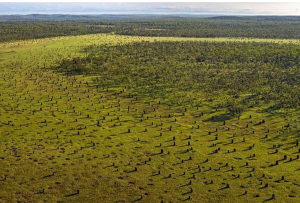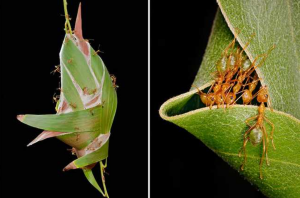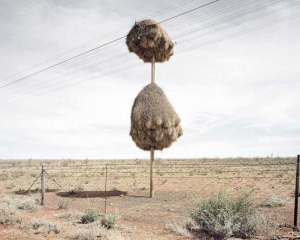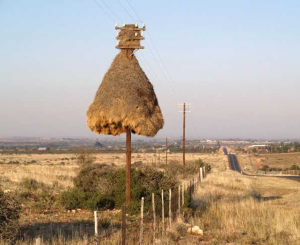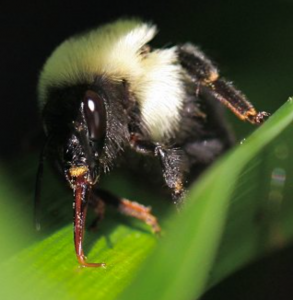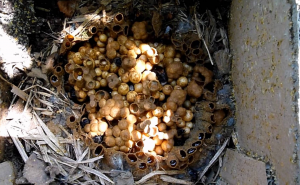EXAMPLES FOR ANIMAL ARCHITECTS:
THE BUMBLE BEE
THE COMPASS TERMITES
These huge wedges are the nests of the Compass Termite. The wedges are generally north-south oriented, which gave these insects their unusual name. It is believed that they mounds are build that way to regulate the temperature of the underground nests.
THE EUROPEAN WOOD ANTS
The European Red Wood Ants build their anthills in huge mounds on forest floors. The colony will often build several mounds, interconnected with the main hill, and would move to the adjacent mounds if the main one is damaged beyond repair.
THE SOCIABLE WEAVER
Native to Southern Africa, the Sociable Weavers build huge communal nests that host hundreds of the little flyers, many of whom are part of the same family. Using sticks and grass, the weavers make these permanent homes, using the inner chambers of the nests to stay warm during the cold season.
____________________________________________________________________________
THE BUMBLE BEE
VARIOUS SPECIES EXAMPLES:
I CHOSE : Bombus impatiens is one of the more common North American bumblebees, it can be found in Ontario, Maine, Georgia, Kentucky, Maryland, New Jersey, New York, Pennsylvania, South Carolina, Virginia, West Virginia, south to Florida, west to Michigan, Illinois, Kansas, Missouri, Wyoming. Body lengths, queens 21 – 23 mm, workers 9 – 14 mm, males 12 – 14 mm. Their hair is short and smooth, and they nest underground.
Bombus impatiens is one of the more common North American bumblebees, it can be found in Ontario, Maine, Georgia, Kentucky, Maryland, New Jersey, New York, Pennsylvania, South Carolina, Virginia, West Virginia, south to Florida, west to Michigan, Illinois, Kansas, Missouri, Wyoming. Body lengths, queens 21 – 23 mm, workers 9 – 14 mm, males 12 – 14 mm. Their hair is short and smooth, and they nest underground.
THE BOMBUS IMPATIENS NEST:
In comparison to ordinary bumble-and honey bees and paper wasps, this breed of bomus impatiens does not create nests of a certain structure, rather it creates a chaotic gathering of egg clumps. Therefore the nests vary in all sort of shapes and sizes depending on the particular space the bee choses to create rather then a predictable pattern. Also the structure is dependent on the space in which the nest will be build, for example if he bee builds its nest inside a pipe the nest will be of a more circular shape, whilst if the bee chooses to nest inside a cardboard box the nest would be square or rectangular. The structure of the nest is not hanging, rather it lies on the ground horizontally.
The nest exhibits a hierarchy of labor and a sort of social organization. Tiny bees create smaller zones of space and are located rather close to the center of the nest. However bees which were “in charge” of feeding new larval are located in the actual center.
Sources: source: http://www.bumblebee.org/faqNests.htm
source: http://www.bumblebee.org/faqNests.htm
source: http://www.ba-bamail.com/content.aspx?emailid=12556
